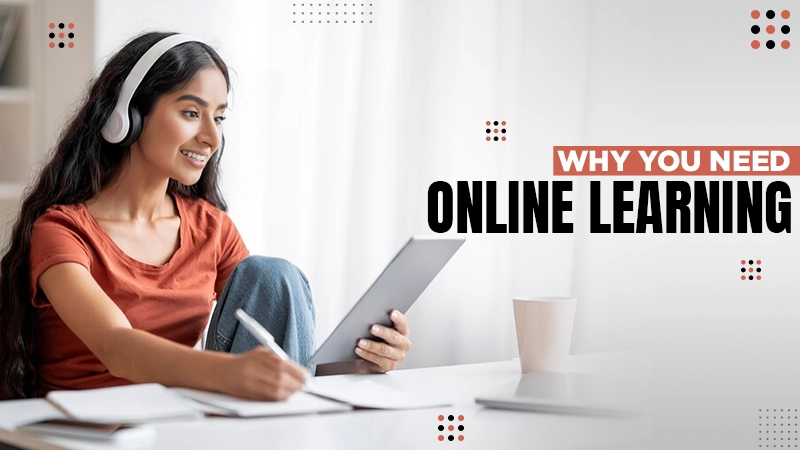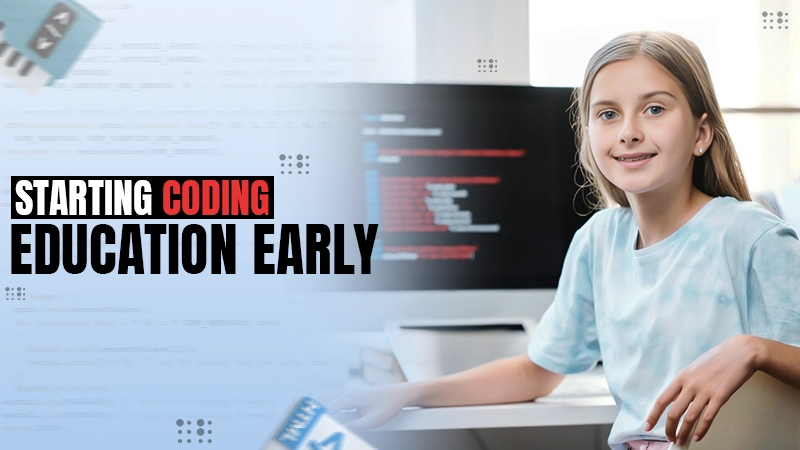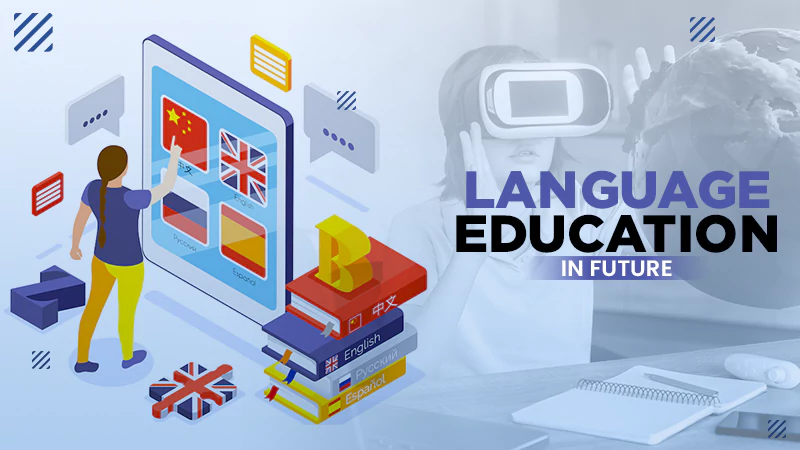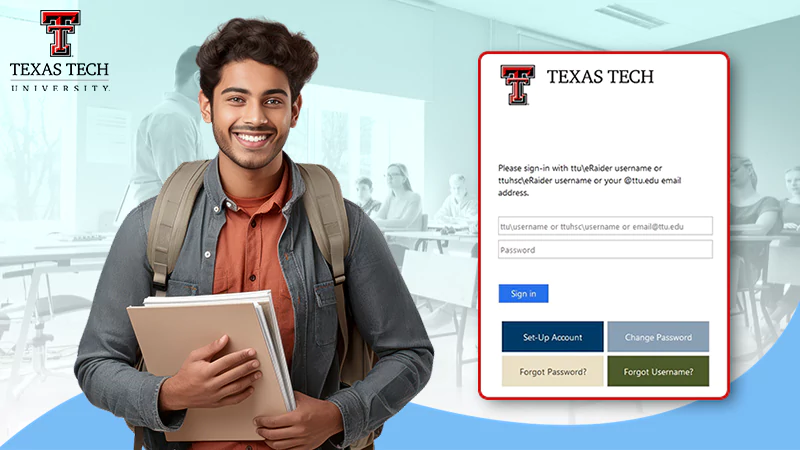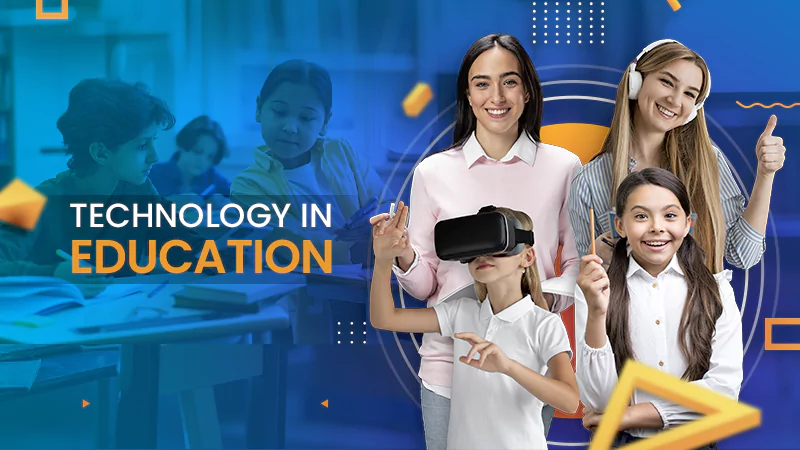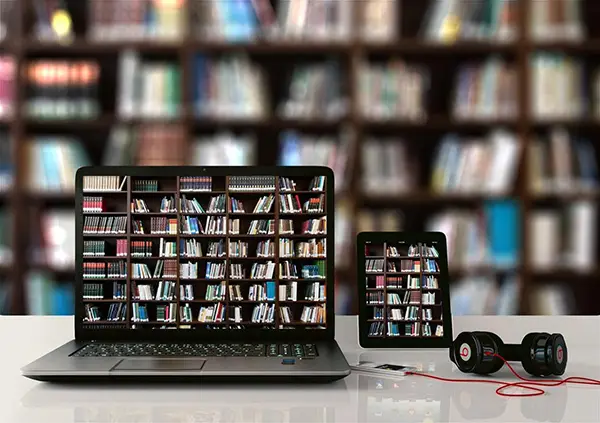
As we all know, technology is the new fuel that is running various sectors, and the education sector is no exception. Every day, we hear new technology being introduced and integrated into already existing practices.
Whether it be an MBA student looking for help in studies through MyAssignmentHelp or a teacher using online tutorials for teaching, the changes are prevalent.
Teaching practices are one such aspect of education that is evolving as we speak. That’s why, today, we are going to discuss the various modern teaching methods that are the result of tech advancements.
Read on to learn how these practices will shape the student’s future.
Flipped Classroom Model
As the name suggests, flipped classrooms are a reversal of traditional teaching methods. Traditional teaching states that the students first learn about a topic in the classroom and then learn independently on their own.
However, in the flipped classroom, students learn about the subjects first on their own and then ask the teachers for their relative doubts and queries in a collaborative environment.
In this method, students have the freedom to explore the topic on their own and put forth their interpretation of the subject. This allows the students to actively participate in dynamic learning and have a deeper understanding of the matter.
Project-Based Learning (PBL)
In project-based learning, the teacher assigns a theoretical task or project to the students. Then, the students work individually or in collaboration to complete the project.
The task is often a real-life or practical one that allows for active engagement from the students. In this way, children learn the importance of communication, teamwork, and critical skills that will further help them in the future.
Inquiry-Based Learning
In this method, students are given open-ended problems that allow them to think freely without any restriction. The kids can analyze the situation accordingly and find the solution that feels right.
Another way you can use it is to let the students come up with their questions and find the solution to them. It will help the students learn practical skills instead of memorization.
As a result, they will develop analytical and reasoning capabilities and learn the importance of personal expression. This practice also helps to improve communication and presentation skills.
Blended Learning
Blended learning offers the perfect mix of the two learning methods: traditional, classroom-confined learning and the online learning experience. This method creates the possibility of accessing both online and offline resources for students’ welfare.
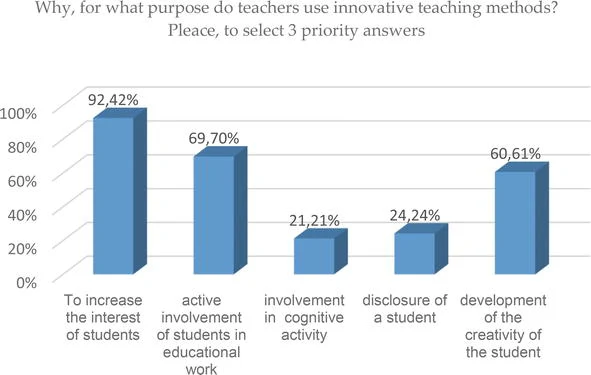
The above image shows the top answers from the teachers as to why they need innovative teaching methods.
Face-to-face learning lets the kids retain knowledge, and online learning ensures improved interaction with quizzes, games, videos, etc.
The amazing part about this practice is that it caters to both types of students: those who prefer online learning and those who highly consider the classroom environment.
Gamification
In Gamification, you can use game design principles in educational activities to ensure active participation from students. It involves using various elements, such as badges, levels, and leaderboards, to lure the kids toward lessons and assignments.
Teachers can use this method to increase motivation, engagement, and positive outcomes. Interactively using the games allows the kids to master the topic delightfully. Moreover, you can use the competitive traits of kids to promote deeper engagement.
Collaborative Learning Spaces
Collaborative learning spaces are equipped with tech-driven movable furniture, advanced technologies, and an area that allows space for group discussions.
These spaces defy the traditional learning arrangement, where all the kids are forced to look at the front and promote an all-inclusive environment.
It allows the kids to interact with each other and exchange ideas, opening up new perspectives on life. The interaction also allows the kids to learn from one another and fosters a sense of belonging in the community.
Personalized Learning Paths
In this method, educators use resources to customize the learning experience to meet the needs of each student. Here, you can take advantage of tech-driven platforms to deeply examine the learning capacity of students.
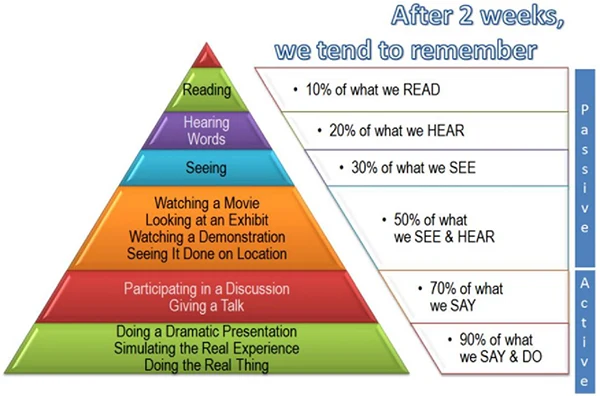
The above image shows which actions tend to be remembered the most.
After you get the results, tweak the existing teaching methods to meet the varying needs and learning styles of every student.
It will help the students learn at their own pace without feeling any pressure. The kids will get the chance to explore their full potential and find the goals and objectives that best suit them.
Differentiated Instruction
It is the method of customizing the lessons, depending on the various needs and learning styles of every student. For this, you can use various methods, be it regular assessments, or tailored strategies to define clear goals.
The main aim of this method is to come up with a teaching style that is all-inclusive and doesn’t let anyone feel left out.
Culturally Responsive Teaching
This teaching style highly considers the cultural differences, opinions, styles, and beliefs of the students. Here, you can include the history of all races and cultures to make the kids feel a sense of belonging in the community.
It will allow the kids to learn the importance of respect, cultural boundaries, and empathy. As a result, kids will come to realize the importance of justice and equality in society.
Experiential Learning
Experiential learning allows the students to learn from hands-on practical situations, be it internships, volunteering, or simulations. Engaging in the real world from a young age allows kids to develop vital survival skills.
It helps the students to self-reflect on their experiences and develop reasoning and critical thinking as a result. Moreover, cognitive skills and self-expression are also developed in the process.
Conclusion
Modern teaching methods are all-inclusive and allow students to develop as humans. The central focus of these teaching practices is to increase active engagement from students that allows them to face complex situations head-on.
The trend in teaching methods promotes lifelong learning among students. In conclusion, beyond the blackboard, there is a new world that can open new doors for opportunities, ensuring students’ success.


